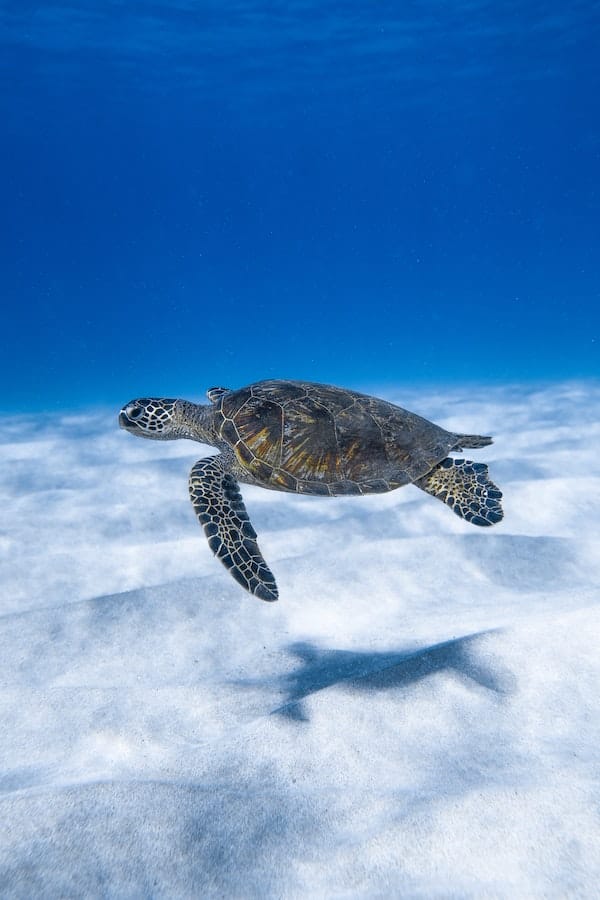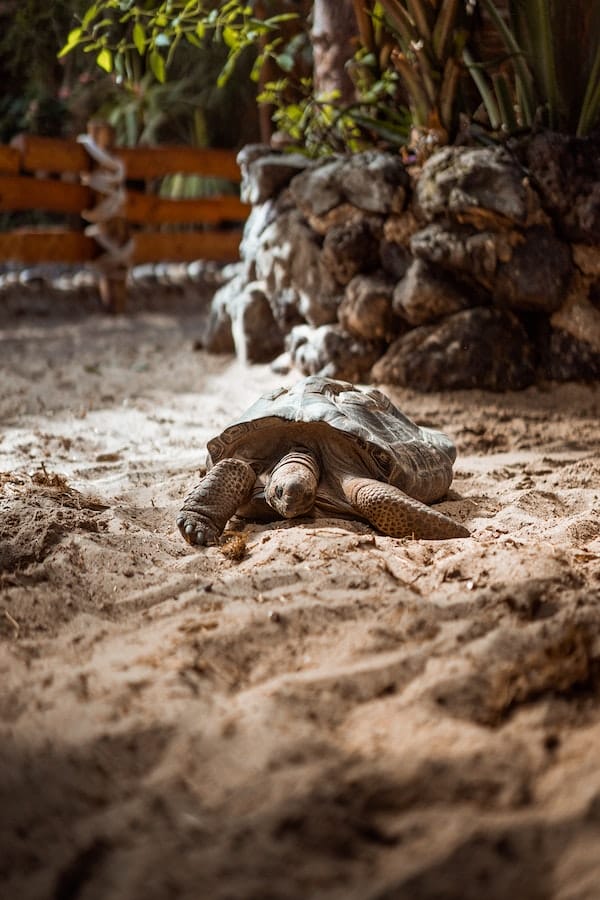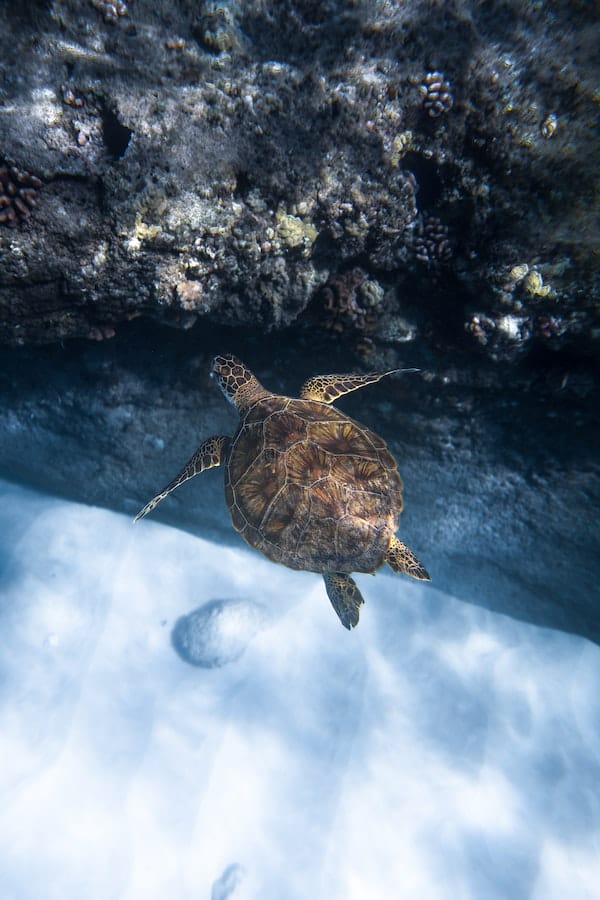
Turtles are interesting creatures that have been around for millions of years. They have a unique shell that helps them to protect themselves from predators.
Turtles can also breathe out of the water, and they lay eggs.
There are many different species of turtles, and they can be found in many different parts of the world.
Here are some interesting facts about turtles:
Fact #1: Turtles can live to be over 100 years old.
Turtles are long-lived animals that are able to survive for many years in their natural environment.
In fact, some turtles have been known to live up to 100 years or more.
This longevity is due, in part, to the unique shell that helps protect them from predators and allows them to breathe both in and out of the water.
Fact #2: The largest turtle on record was over 5 feet long and weighed over 2,000 pounds.
The largest turtle on record was a truly impressive animal, measuring over 5 feet in length and weighing more than 2,000 pounds.
This creature was an ancient species that lived many years ago, but despite its enormous size, it managed to survive and thrive in its natural environment for many years.
The sheer size of this massive turtle made it a formidable predator, and it was able to fend off attacks from other animals with its powerful jaws and thick shell.
Fact #3: The smallest turtle on record was less than an inch long and weighed less than an ounce.

The smallest turtle on record was a tiny animal that measured just under an inch in length and weighed less than an ounce.
Despite its small size, this creature was a formidable predator in its natural environment, using powerful jaws and a tough shell to defend itself against larger animals.
While this tiny turtle was able to survive for many years in the wild, its small size also made it more vulnerable to threats from predators and other environmental factors.
Fact #4: There are over 300 species of turtles.
There are over 300 different species of turtles, making them one of the most diverse groups of animals on the planet.
These fascinating creatures can be found in a wide range of habitats all over the world, from land to water and everything in between.
Despite their diversity, all types of turtles share certain common characteristics, including a hard shell that protects them from predators, strong jaws for hunting and feeding, and the ability to breathe both in and out of water.
Fact #5: Turtles are found on every continent except Antarctica.
Turtles are found on every continent except Antarctica, making them one of the most widespread animals in the world.
While they can be found in a wide range of habitats, from land to water and everything in between, these fascinating creatures are absent from the icy continent due to the harsh environmental conditions there.
Despite this absence, turtles can be found on every continent except Antarctica, making them an important part of the global ecosystem.
Fact #6: Turtles are ectothermic, which means they rely on external sources of heat to regulate their body temperature.
Turtles are ectothermic animals, meaning that they rely on external sources of heat to regulate their body temperature.
This ability allows them to survive in a wide range of environments, from cold and snowy regions to hot and humid forests.
By using external sources of heat such as the sun or warm water, turtles are able to maintain their body temperature in a range that supports normal functioning, even when conditions are not ideal for their survival.
This ability also plays an important role in the daily and seasonal migration patterns of many turtle species.
Fact #7: The shell of a turtle is made up of 60-65 bones that are connected by ligaments and muscles.

The shell of a turtle is made up of 60-65 individual bones that are connected by ligaments and muscles.
This unique structure gives turtles a number of important advantages, including protection from predators and the ability to move easily in their natural environment.
By using these bones, ligaments, and muscles together, turtles can control the shape and size of their shells, allowing them to adapt to different conditions and survive in a wide range of habitats.
Fact #8: A turtle’s shell is covered in a layer of keratin, the same substance that makes up human fingernails and hair.
The shell of a turtle is covered in a layer of keratin, the same substance that makes up human fingernails and hair.
This unique characteristic gives turtles a number of important advantages, including protection from predators and the ability to move easily in their natural environment.
By using keratin as both a structural material and an external protective layer, turtles are able to maintain their bodies and adapt to different conditions in a wide range of habitats.
- Related post: How to name your pet turtle
- Related post: Funny turtle names
Fact #9: Most turtles are carnivorous, but some species are omnivorous and will eat both plants and animals.
Most turtles are carnivorous, meaning that they feed primarily on other animals in order to survive.
However, there are some species of turtles that are considered omnivorous, meaning that they will eat both plants and animals as part of their natural diet.
These types of turtles tend to be larger in size and have more varied diets than their purely carnivorous counterparts, making them well-suited to living in a wide range of environments.
Whether they are hunting other animals or eating plants and fruits from the surrounding ecosystem, turtles that are omnivorous tend to be more adaptable and able to thrive in a variety of different habitats.
Fact #10: Turtles have excellent eyesight and can see both in water and on land.
Turtles are well-known for their excellent eyesight, which allows them to see both in water and on land.
This ability makes them highly adaptable creatures that can thrive in a wide variety of habitats, from aquatic environments to arid deserts and everything in between.
With their ability to see clearly both above and below the surface, turtles are able to navigate their environment effectively and detect potential predators or prey from a distance.
Additionally, this keen eyesight enables turtles to seek out food sources and shelter as needed, making them an important part of the global ecosystem.
Fact #11: Turtles can breathe both through their lungs and through their skin.

Turtles are unique among animals in that they are able to breathe both through their lungs and through their skin.
This ability allows them to survive in a wide range of habitats, from aquatic environments to dry deserts and everything in between.
By using their lungs to inhale oxygen and their skin to absorb it directly into the bloodstream, turtles are able to maintain their bodies and adapt to a variety of different conditions.
Fact #12: Some turtles can hold their breath for up to 7 hours at a time.
Turtles are incredibly adaptable and resilient creatures, capable of thriving in a wide range of habitats and conditions.
This is largely due to their ability to hold their breath for up to 7 hours at a time, which allows them to remain underwater for long periods of time without needing to come up for air.
Because they can breathe underwater as well as on land, turtles are able to move easily between different environments and utilize a variety of different sources of food and shelter.
Fact #13: Female turtles lay anywhere from 1-100 eggs at a time, depending on the species.
The reproductive cycle of female turtles is highly variable, depending on the species.
In general, most female turtles lay between 1 and 100 eggs at a time, with larger or more prolific species typically laying more eggs than smaller or less fecund species.
This ability enables turtles to quickly reproduce and increase the population size of their species in response to changing environmental conditions.
Turtles are some of the most adaptable and resilient creatures on the planet, able to thrive in a wide range of habitats and conditions.
Their ability to breathe both through their lungs and through their skin, as well as their incredible eyesight and ability to hold their breath for long periods of time, makes them highly adaptable animals that can easily adapt to changes in their environment.
Whether they are living in aquatic environments, dry deserts, or other types of habitats, turtles are an important part of the global ecosystem and play a vital role in maintaining ecological balance.


GIPHY App Key not set. Please check settings